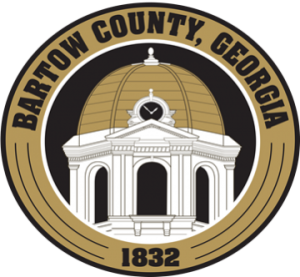This might end up being a great year for peaches and other fruit trees in Georgia. That is assuming we don’t have another hard freeze between now and mid-April. Georgia is known as the peach state, although California and South Carolina actually grow more peaches. Georgia, of course, has the best tasting peaches according to a long-standing feud with these rival states.
Erratic spring weather the last couple of years has devastated many Georgia fruit crops, especially peaches. Many backyard gardeners impulsively plant peach trees in their gardens without realizing the challenges of growing peaches in Georgia. Ironically, Georgia is probably the most difficult state to grow peaches. For most novice home gardeners, I generally don’t recommend growing peaches. Many other fruits that can be grown in Georgia require a lot less effort and have harvests that are more reliable.
If you do decide to grow peaches, consider planting one or two rather than a dozen. If you “grow” into the mindset that you might get a decent fruit harvest once out of every few years, then you won’t be disappointed. Peaches are a lot of work to maintain and you might not get the return on your investment every year. I’d much rather lose the fruit on one or two trees than a dozen!
One of the most important criteria for selecting a peach variety is the number of chill-hours each takes to bloom. As an insurance policy in North Georgia, we strongly recommend only planting those varieties that have a high chill hour requirement (750-900 hours), which means they will bloom later in the spring. For a list of recommended varieties, check out our UGA Extension publication “Home Garden Peaches” on our website.
The second most important criteria for growing peaches is tree size. Peaches are propagated (cloned) by grafting onto a rootstock that determines that mature size of the tree. Peach trees on Sharpe and on MP-29 rootstocks (semi-dwarf) will spread 12-15 feet, while standard trees will be twice the size (such as in Guardian, Halford, and Nemaguard rootstocks). Of course, you still have to prune peach trees every winter to maintain good structure for fruit production, but the semi-dwarf rootstocks will make it easier to manage their size. It’s important to note that if you don’t keep the tree to a reasonable size, then you won’t be able to effectively thin the fruit, harvest the fruit, or spray for insects and diseases.
The reason why peaches are so difficult to grow in Georgia is because we live in an area that has high humidity and long, hot summers that act like an incubator for practically every insect and disease that affects peaches. California can grow peaches with far less disease problems because their climate is the exact opposite of Georgia. Most organically grown peaches are sold from California because of this reason.
UGA Extension has a spray schedule for managing those common problems such as brown rot disease and plum curculio weevils that can destroy every peach on a tree. This schedule requires spraying insecticides and fungicides every 10-14 days during the growing season. The first spray for brown rot actually starts during the bloom phase (meaning it should have already been done). If you miss a spray during the season, you run the risk of losing your entire fruit crop if the weather conditions favor the disease or pest. Our Georgia Pest Management Handbook Home & Garden Edition has fruit tree spray guides listed in the Home Orchard chapter online at https://t.uga.edu/4GQ.
If you’re interested in reducing the amount of pesticides needed to grow peaches, then you might want to consider bagging the fruit. This may seem tedious, but when you consider the amount of time required to spray peaches every two weeks, the bags actually require about the same amount of time, but you only have to do it once. Clemson Extension has designed a specialty bag for peaches that completely encases the fruit allowing for minimal chance of attack by insects and diseases. Furthermore, the Clemson Fruit Bags allow proper light penetration needed for the desired red blush on peaches and apples. You can order these online for about ten cents per bag. Search “Clemson Fruit Bags” online for more information.
###
Paul Pugliese is the Extension Coordinator and Agricultural & Natural Resources Agent for Bartow County Cooperative Extension, a partnership of The University of Georgia, The U.S. Department of Agriculture, and Bartow County. For more information and free farm, lawn, or garden publications, call (770) 387-5142 or visit our local website at ugaextension.org/bartow.
